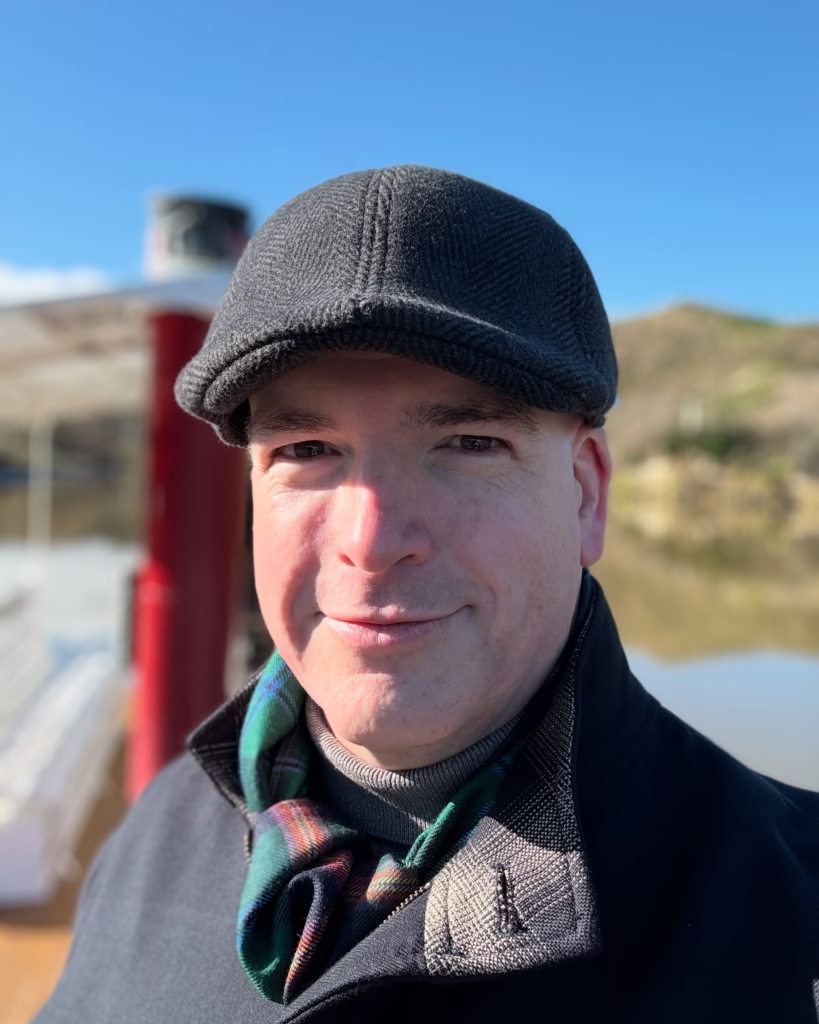
This weekend, Aotearoa New Zealand marks Matariki — the Māori New Year — a time to remember those who have passed, celebrate those still with us, and set intentions for the future.
Without meaning to, I’ve found myself doing exactly that while celebrating a milestone of my own: turning 50.
It began with a simple idea — to spend my birthday in Whanganui, the riverside city where my great-great-grandfather helped establish the local museum. (Yes, there’s a video coming soon!)
Whanganui is about six hours from where I live in Auckland. Conveniently — or maybe meaningfully — the halfway point is Te Kuiti, the town where my father grew up. I stopped there, not just for a break, but to reconnect with part of my family’s story I hadn’t visited in years.
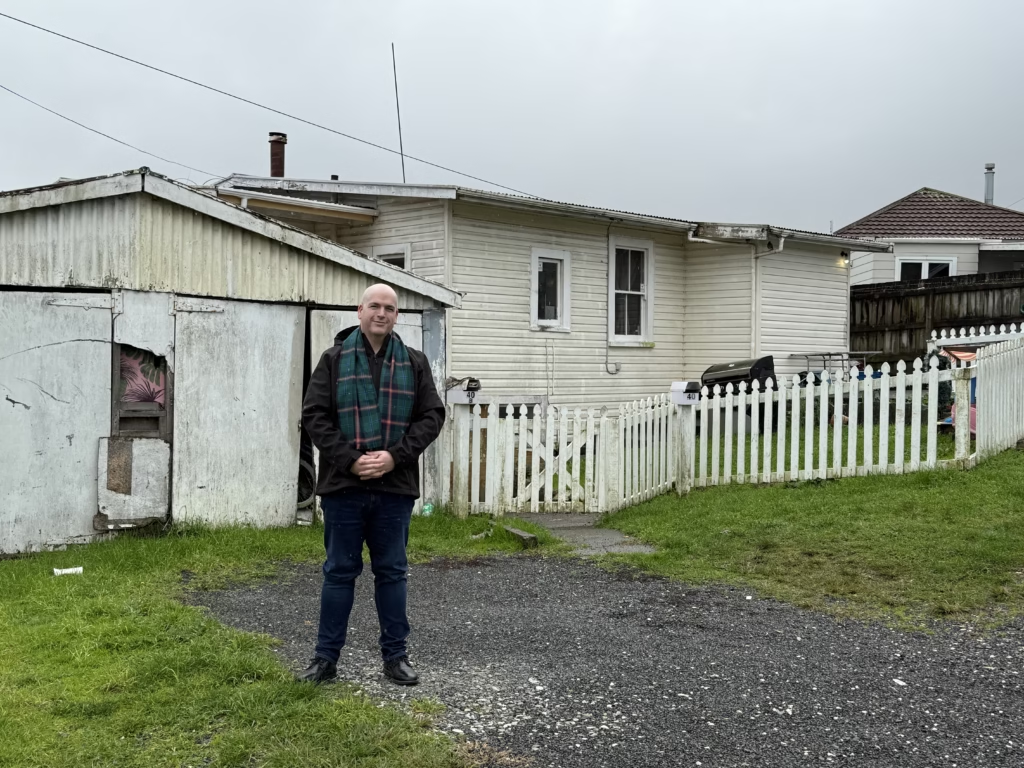
This is the house where my dad and his siblings grew up. I was here 21 years ago, with my uncle Russell, as he left town, the last of the Youngs of Te Kuiti. (See the full Te Kuiti story in The Man Who Never Gave Up)
Te Kuiti is famous for two things: its railway (it was built specifically to service the new railway line going through the North Island) and Sir Colin Meads. But for my dad and his siblings, it was the centre of a universe that included early morning train trips to Auckland to see the Anniversary weekend regatta, and car trips even further north to Taipa to have long holidays with extended family.
I knew the facts about Te Kuiti because my Uncle Russell literally wrote the book on it, but there is something about feeling the air of a place. Observing how the sun hits the hilltops. Sensing the mood at the local service station (busy, friendly, down-to-earth). And despite ending his life in the big city of Auckland, my father (and I) grew up in a suburb not altogether unlike this hilly community. New Zealand locations have more commonalities than differences.
When we reached Whanganui, I realised we were just a short drive from Bulls, the town where three generations of my mother’s family lived from the 1850s. It’s also the first place my paternal grandfather set foot in New Zealand.
Suddenly, this wasn’t just a birthday trip. It had become a kind of pilgrimage — a tour of memories and meaning. I visited grave sites, stood outside family homes long abandoned, and reflected on the very modern realities of small-town New Zealand: resilience, loss, and potential.
I visited the Fraser Family cemetery, the final resting place for generations of descendants of Duncan and Marjory Fraser, who came to New Zealand in 1840 on the barque Blenheim. I’ve been here before, taken photos of the headstones (before FindaGrave or BillionGraves existed), but this time I wanted to be in the photos, to somehow identify on a deeper level with my forebears.
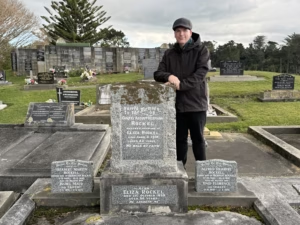
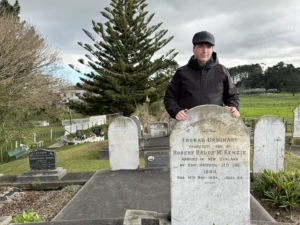
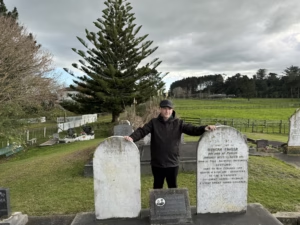
I’ve never been much for ritual. But this Matariki has felt different — grounded, uplifting, and quietly powerful. I’ve found myself connecting deeply with my ancestors, pausing to consider my place in the story, and wondering how best to live so those who come after me will find light in my path.
Whether you’re Māori or not, whether you celebrate Matariki or not — I’d encourage you to take a moment.
Remember your people. Celebrate what you have. Plant something — even just an idea — for the future.
That, to me, is the spirit of Matariki. And I think our ancestors would approve.
Want to follow this journey in real time? Keep an eye out for our upcoming video on my great-great-grandfather’s legacy in Whanganui — and what it means to rediscover family footprints, one ancestor at a time.


